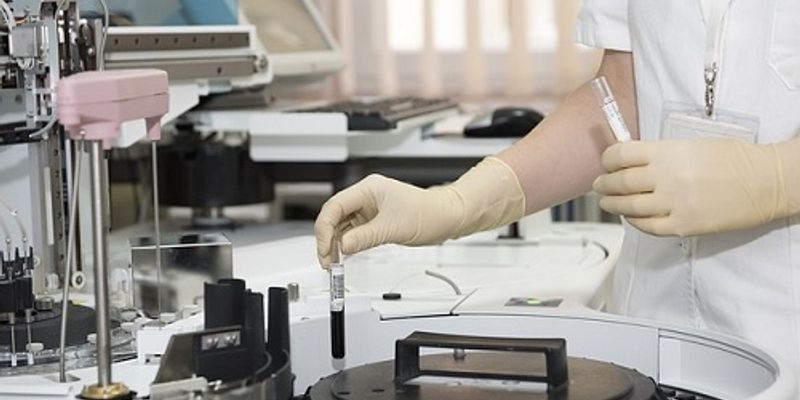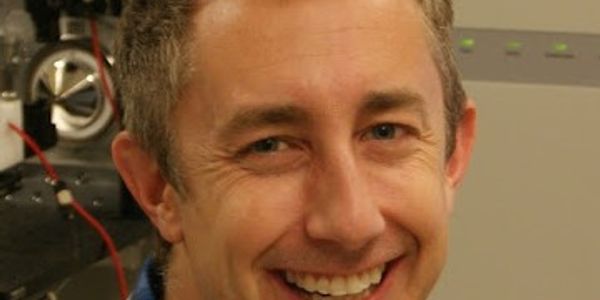OCT 30, 2014 | 6:00 AM
When the BCR/ABL1 fusion protein was identified in chronic myelogenous leukemia and the JAK2 V617F mutation was identified in patients with other myeloproliferative neoplasms (MPNs) such as p...
OCT 29, 2014 | 12:00 PM
Proteomics technology has improved dramatically over the last decade. The technology developments have largely been directed around instrument hardware, where instruments have been developed...
OCT 29, 2014 | 10:30 AM
The comprehensive, multidimensional molecular characterization of tumors and the individuals in which they have developed is transforming cancer definition, diagnosis, treatment, and preventi...
The effective implementation of personalised cancer therapeutic regimens depends on the successful identification and translation of informative biomarkers to aid clinical decision-making. An...
OCT 02, 2014 | 7:00 AM
Within the field of bioinformatics, scientists and organizations struggle with multiple problems. Key problems are the large amount of data and that the people who understand biology (or che...
The RNA-guided nuclease Cas9 from the microbial CRISPR adaptive immune system has emerged as an exciting tool for precise genome editing in eukaryotic cells. This presentation will discuss th...























